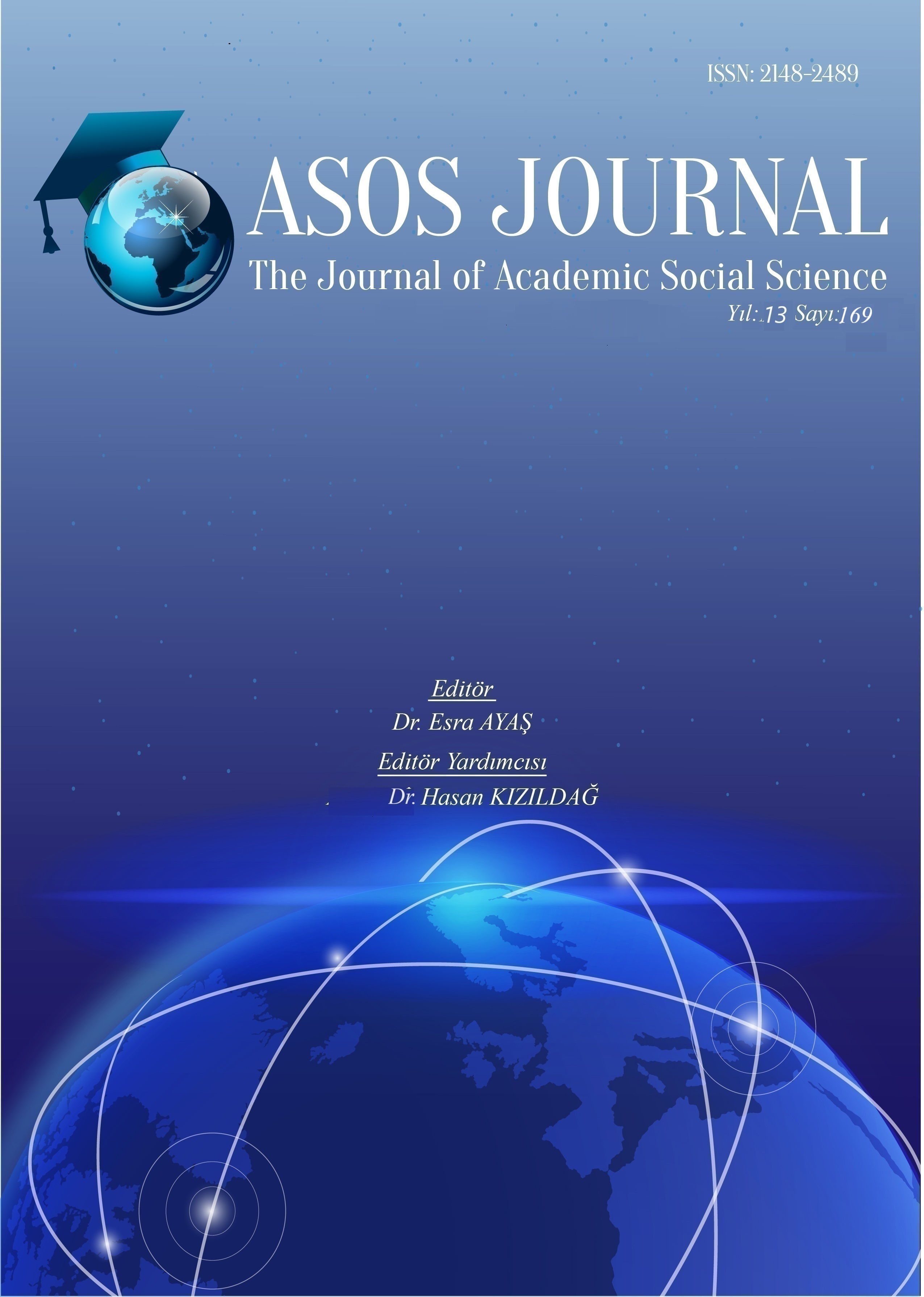Author :
Abstract
Yeni Asur döneminde (MÖ 934-609) tıp, çok boyutlu ve sistematik bir yapıya sahip olup hem fiziksel hem de manevi unsurları içermektedir. Hastalıklar, sadece bedensel belirtilerle değil, aynı zamanda tanrısal gazap ve kötü ruh etkileriyle de ilişkilendirilmiştir. Bu anlayış, hastalıkların teşhis ve tedavisinde hem pratik hekimler (Asû) hem de ritüel uzmanları (Āšipu) arasında ayrılmış ancak tamamlayıcı bir rol dağılımını zorunlu kılmıştır. Saray ve tapınaklar, tıbbi bilgi üretimi ve uygulamasında merkezi rol oynamış; tıp hem entelektüel bir disiplin hem de dini bir ritüel alanı olarak gelişmiştir. Astronomi gözlemleri, tedavi sürecinin zamanlamasında belirleyici olup hastalıkların kozmik düzenle bağlantısını göstermiştir. Hastalıkların sosyal ve dini boyutları, tedavi süreçlerinin çok katmanlı yapısını desteklemiş; manevi arınma, toplumda kabul görme ve sosyal düzenin korunmasında önemli olmuştur. Bu çalışma, Yeni Asur tıbbının karmaşık yapısını ve toplumsal bağlamını ayrıntılı biçimde ortaya koyarak, Antik tıp tarihi literatürüne katkı sağlamayı amaçlamaktadır.
Keywords
Abstract
Medicine in the Neo-Assyrian period (934-609 BCE) was a multidimensional and systematic field encompassing both physical and spiritual elements. Diseases were understood not only through physical symptoms but also as manifestations of divine wrath and evil spirits. This perspective necessitated a complementary division of roles between practical physicians (Asû) and ritual specialists (Āšipu) in diagnosis and treatment. Palaces and temples played central roles in the production and application of medical knowledge, where medicine evolved both as an intellectual discipline and a ritual practice. Astronomic observations were critical in timing treatments, linking diseases to cosmic order. The social and religious dimensions of illness supported the multilayered nature of healing processes, emphasizing spiritual purification, social acceptance, and the preservation of societal order. This study aims to elucidate the complex structure and social context of Neo-Assyrian medicine, contributing to the scholarship of Ancient medical history.





